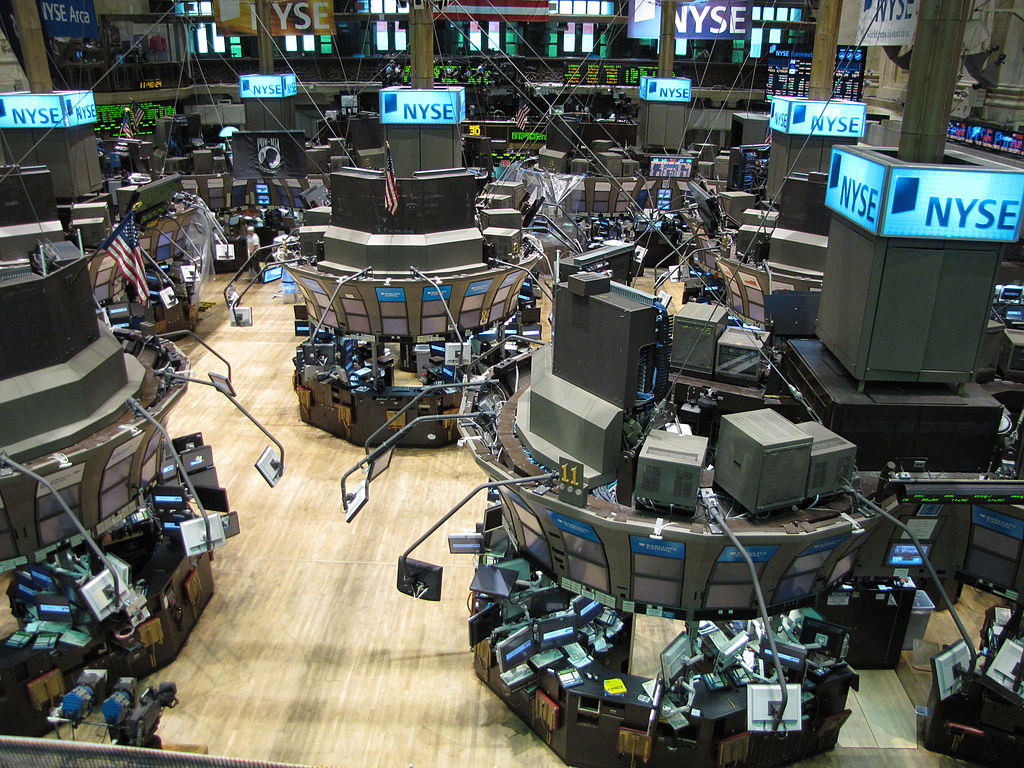Who Creates Information in a Market?
Do exchange-traded funds (ETFs)' algorithms make personally gathering information obsolete?Exchange Traded Funds select stocks by following an algorithmic strategy as opposed to the traditional system by which individual managers hand pick them. They originated in Canada in the 1990s but are popular worldwide today. Many ETFs follow a market index—they invest across a large number of stocks, weighted by the market cap of the company. Therefore, if you are invested in an ETF, more of your money is invested in Apple (AAPL) than in Intuit (INTU) because Apple is worth more, according to its market cap.
Many studies on the efficacy of ETFs and similar “passive investments” over the last few years have shown that it is very difficult for active fund managers to beat their performance. That is often given as evidence to avoid actively managed funds in favor of ETFs. In this article, I’m going to talk about why actively managed funds are important for the market even if they tend to be beaten by ETFs.
But first, a digression.
Who creates the information in a market?
Where I live there is a great company (we’ll call it QuickStore) that operates convenience stores across the region. Its corporate headquarters are in my hometown, so I’m kind of partial to the firm. In any case, they do a lot of research to find the best places to put convenience stores. They measure traffic, traffic patterns throughout the day, where people are in their journeys, real estate costs, logistical costs, and numerous other inputs to help them decide. They invest a lot of time and money in these decisions.
In the same region, many convenience stores have a much simpler method of picking locations. It is very inexpensive and performs almost as well as QuickStore’s method. Because it costs less to perform, it offers better returns.
You may be thinking, at this point, what is this method and why doesn’t QuickStore save time and money by adopting it?

New York Stock Exchange 2009/Kevin Hutchinson (CC by 2.0)
Well, the method is “Put our store across the street from wherever a new QuickStore opens up.” As you can see, QuickStore can’t adopt that strategy. Both QuickStore and the copycats need good information about where to locate. The copycats are leveraging the information that QuickStore created. Without QuickStore’s input, the copycat firms must either do their own research (i.e., spend the time, effort, and money to generate the information), or put their store in a less optimal location (reducing the amount of money they can make).
If we didn’t understand this dynamic, we might be tempted to say that the copycats have the better strategy because it is more cost-effective. But when we analyze the origin of informational inputs to the system, we see that, while the risk/reward edge goes to the copycat, the value in the system is generated by QuickStore. Without QuickStore, the copycats would not be nearly as profitable.
ETFs can be a good investment vehicle for small investors, just as it is probably slightly more profitable to own a copycat convenience store than a QuickStore. The problem, however, is that some voices are essentially calling for everyone to move away from actively managed funds because they are not as effective as ETFs.
This is generally true of any algorithmic strategy. Algorithmic strategies can only be as good as their informational inputs. Ignoring the informational inputs to algorithmic strategies causes us to misunderstand the dynamics of value creation in any system. Algorithms can leverage information, they can’t create it.
ETFs do not add information to the market
So this brings us back around to Exchange-Traded Funds (ETFs). Because these investments are based on algorithms, they are only as good as their informational inputs! What is the informational input to an ETF? It is their market capitalization. Market capitalization is determined by the price of a share of stock in a company multiplied by the number of shares outstanding. Most people forget, however, that the price of a stock is determined by the major players in a market. And who are these major players? You guessed it, actively managed funds.
I’m not here to tell you how to invest. ETFs can be a good investment vehicle for small investors, just as it is probably slightly more profitable to own a copycat convenience store than a QuickStore. The problem, however, is that some voices are essentially calling for everyone to move away from actively managed funds because they are not as effective as ETFs.
As of right now, the total assets of ETFs (and other sorts of passive funds) are fairly small compared to those of actively managed funds. That means that the pricing of the market is controlled by the actively managed funds. This pricing is the input that the ETFs use for their algorithms. Imagine, however, if the ETFs controlled most of the assets – a situation which some think could be on the horizon. In that case, what would the source of the information for the ETFs? The price of the assets of the ETF would be coming mostly from the behavior of the ETFs themselves. In other words, the ETFs, instead of leveraging existing information in the system, would drown it out.
Unfortunately, many fund managers have started relying heavily on index funds rather than doing their own research (information input), precisely because ETFs have been outperforming them. This is not a problem at present because actively managed funds still vastly outweigh ETFs in asset value. But it could become a problem in the future if the balance changes and the inputs to these algorithms are more weighted to their own algorithmic results than to real information.
So, if you are an individual investor or a fund manager, take heart! Even if the robots are beating you, they couldn’t do it without you!
